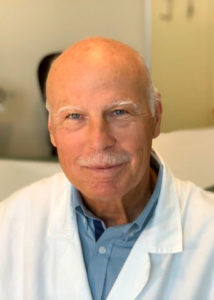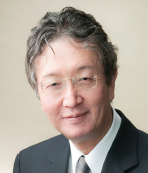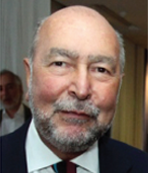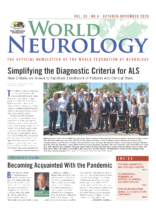by Wolfgang Grisold

Wolfgang Grisold
This column is intended to explain the work of the WFN committees and specialty groups. All WFN committees and specialty groups are listed on the website for further information. The committees are essential parts of the WFN management and have specific duties to support activities of the WFN.
The specialty groups, previously known as Applied Research Groups, are focused on specific aspects of neurology, such as neuromuscular diseases or important general issues like ethics and history, among others.
The purpose of this column is to introduce one committee and one specialty group in each of the subsequent issues of World Neurology.
WFN Congress Committee

Prof. Ryuji Kaji
The Congress Committee is chaired by Prof. Ryuji Kaji. This is a busy and tireless committee, as once the World Congress of Neurology (WCN) is planned and comes to life, the preparations for the next congress have already begun. Presently the preparation for the WCN in Rome in 2021 is at full speed.
The role of this committee is to develop the WCN congresses, which are a joint cooperation of the Congress Committee, the local organizer (or host), and also the professional conference organizer (PCO) (Kenes).
The WCN is the biennial meeting of the WFN. Rotating from region to region, the destination of the WCN is voted on by the WFN Council of Delegates. Each WCN needs to include regional and local aspects, and this must be reflected within the content as well as the selection of speakers.
The Congress Committee helps the delegates decide which venue would be best suited for a successful meeting in the region by site-visiting and presenting reports to the Council of Delegates. The next WCN will be in Rome, followed by WCN 2023 in Montreal, Canada. For WCN 2025, candidates are bidding from the Asian-Oceanian region.
Specialty Group on Rare Neurologic Diseases
Our most recent specialty group is focused on rare neurologic diseases, an important topic for patients, research, and also drug development. Prof. Antonio Federico from Siena, Italy, is chairing this important new specialty group.

Prof. Antonio Federico
Rare neurologic diseases are one of the many inequalities of our health system. A patient with a rare disease is doubly unfortunate: he or she has a disease like many others but also has troubles in finding a doctor expert in that disease. Neurologic diseases represent a significant percentage of all rare diseases, giving neurologists an important role in their diagnosis and therapy.
The aims of the Rare Neurologic Diseases WFN Specialty Group are to improve diagnosis and treatment of rare neurologic diseases, to provide a forum for discussion and exchange of experience on all issues related to these disorders, and to advise and assist all the international organizations in promoting prevention of rare neurologic diseases.
The specific objectives are to stimulate the interest of world neurologists to rare neurologic diseases, facilitating their diagnosis and therapy when possible; to promote collection of epidemiological data across the world; to facilitate development of different models of cross-border health care; to promote the exchange of ideas and information regarding quality of life issues; to develop and disseminate best practice guidelines; to collect data on the facilities for diagnosis of rare neurologic diseases in different countries; to analyze the attitude of world neurologists to rare neurologic diseases and to identify their care organization in the different countries; and to collaborate with European Networks and other organizations for rare neurologic diseases (NORD, Orphanet, Eurordis, ERNs, etc).
Other aims include to facilitate neurologists’ education on the topic and to act as an information service on rare neurologic diseases that will be able, with the assistance of experts present in the Working Group, to answer questions from patients, families, and doctors, and, finally, to collaborate with family associations and disease-specific family groups.
Hoping that you will find these short explanations useful, we will continue with this column in the next and subsequent issues. Please also check our website for information and do not hesitate to contact us at info@wfneurology.org •
